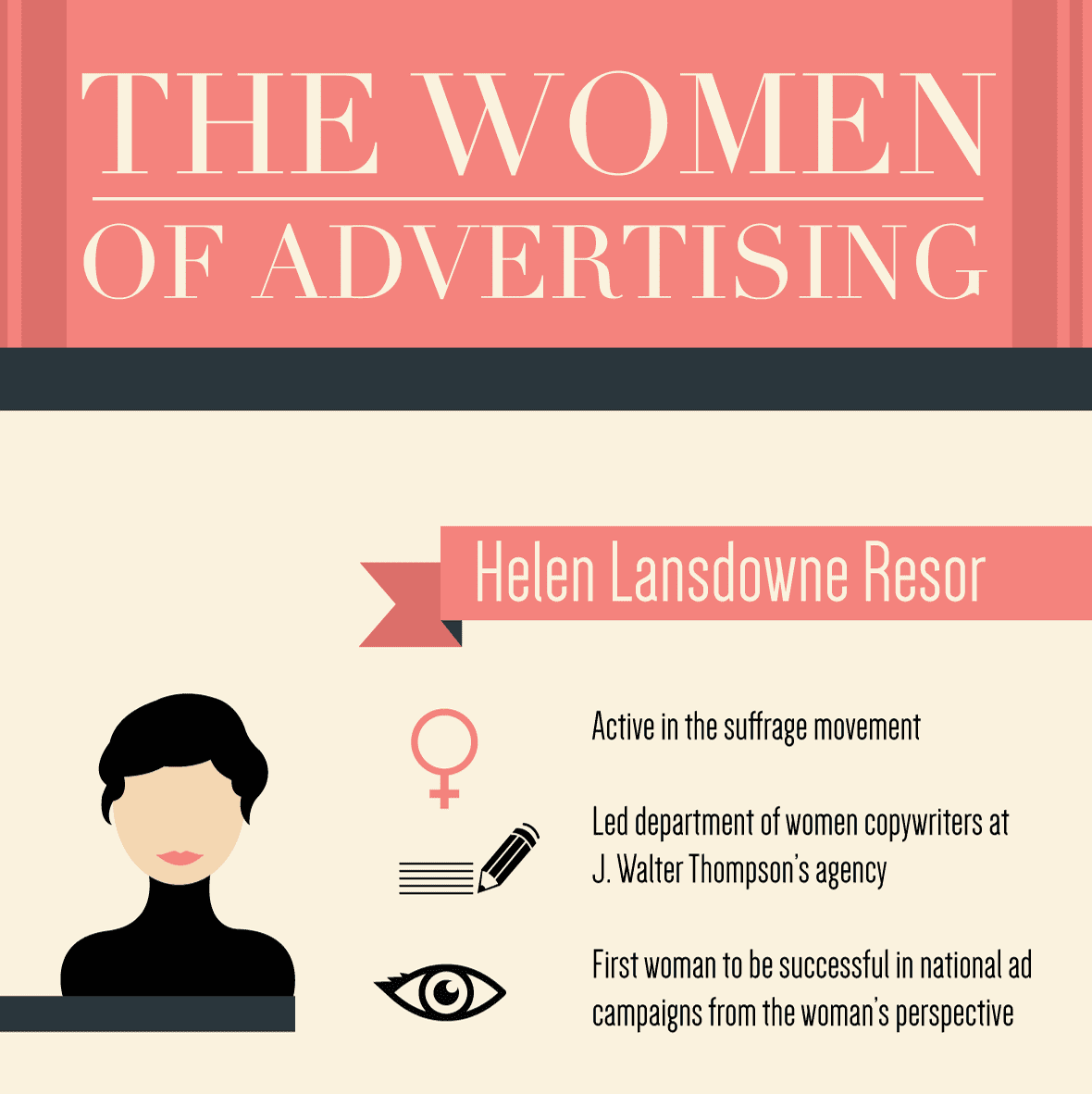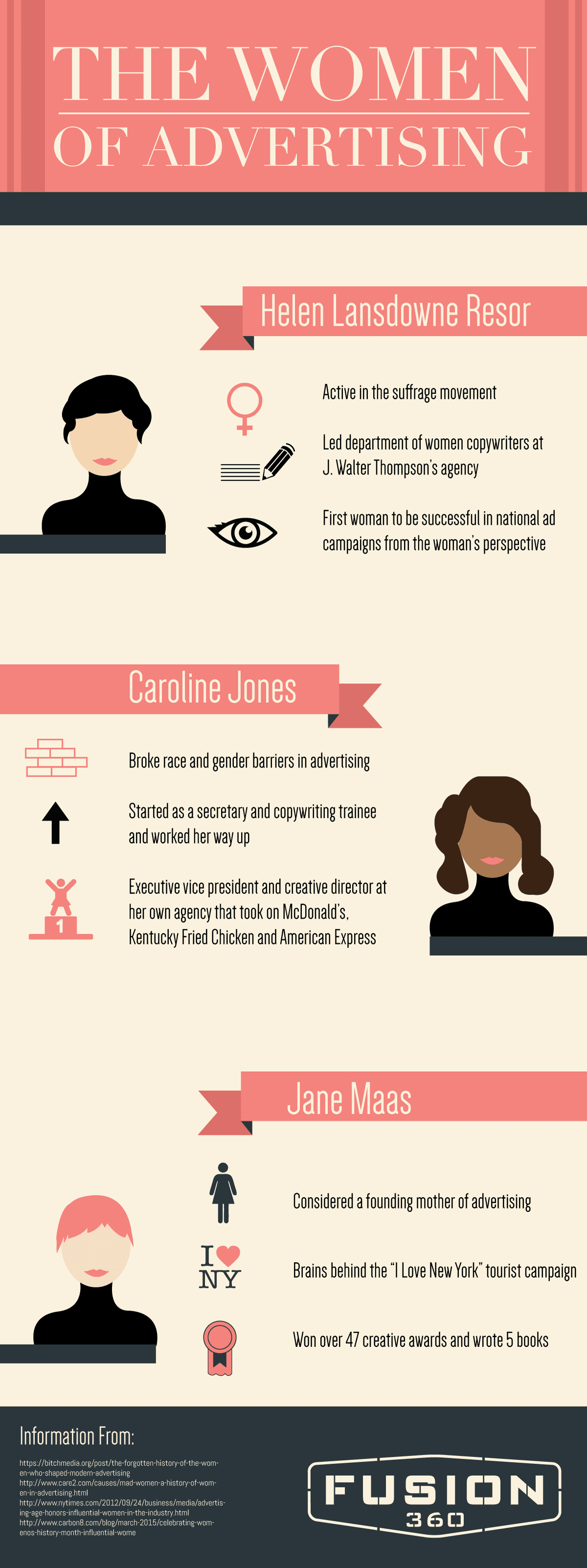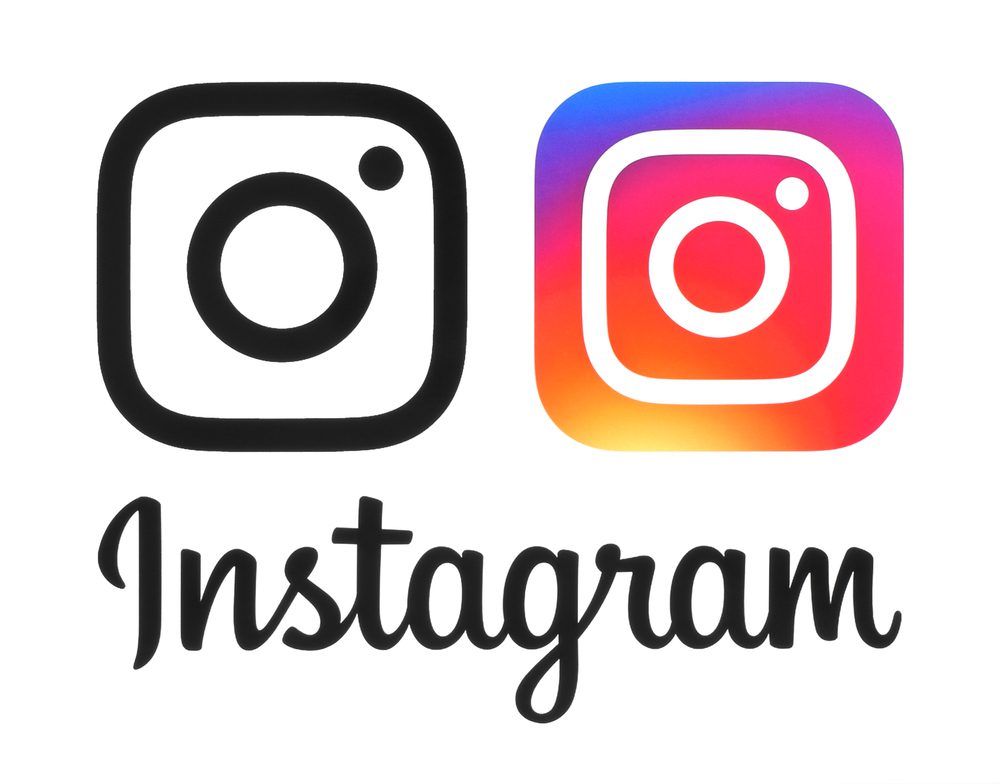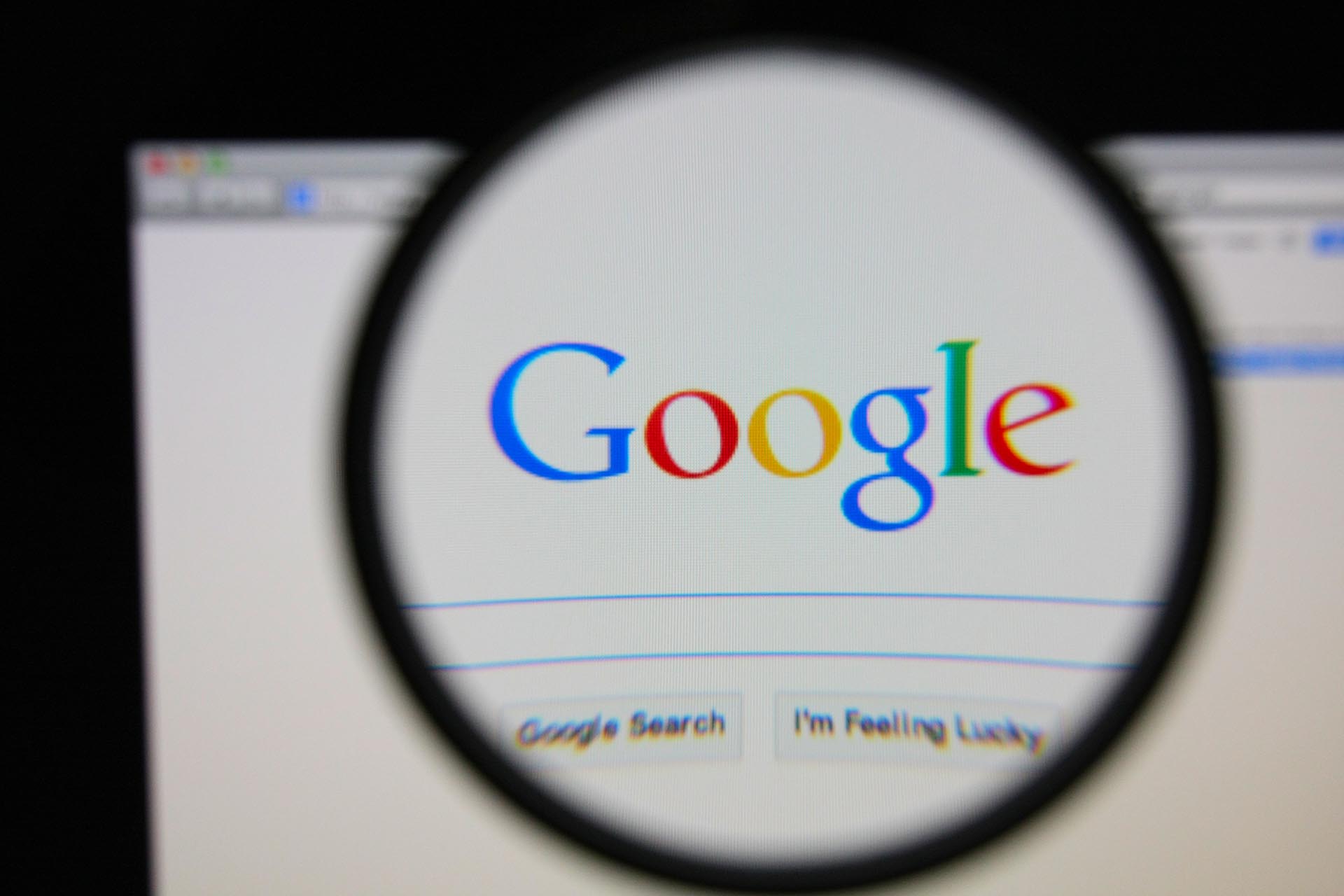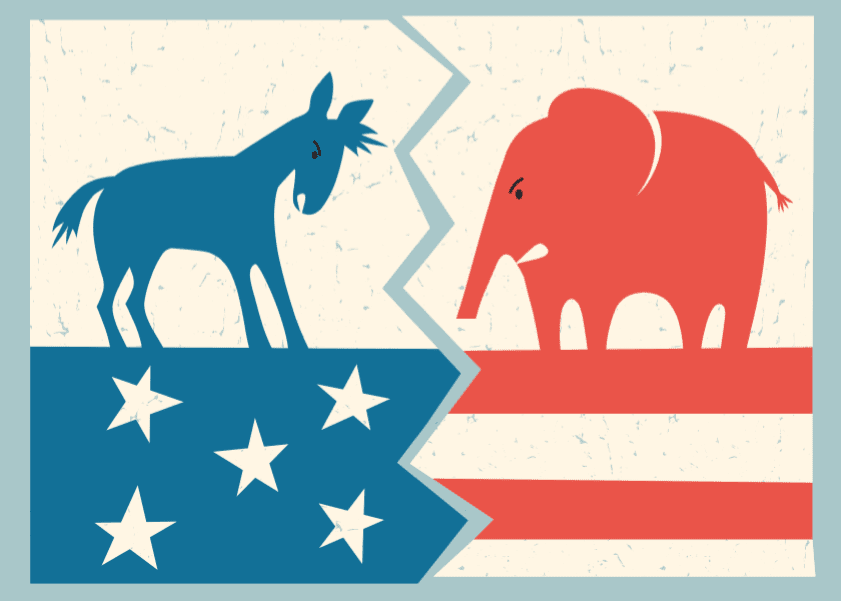
This election season has brought on a turbulence that we have never seen before. Marketing agencies around the nation are taking the opportunity to encourage people to get out and vote, regardless of the stance. The millennial crowd has long since been the target of this plea, leaving many celebrity A-listers prepared to do whatever it takes.
A History of Voting Campaigns
With the help of marketing agencies, celebrities do their best to create social and political movements. “Rock the Vote” was introduced in the 1990s. This movement was described as a progressive-aligned group whose mission is “to engage and build the political power of young people.” After seeing the impact that a celebrity voice can have, Diddy created the “Vote or Die” campaign of 2004. The campaign was even featured on an episode of “South Park.”
This Year’s Efforts
This week we have been faced with not one but two celebrity super groups who are urging us to get out and vote. Hollywood is typically known for leaning left, and the “Save the Day” group proves that. People like Robert Downy Jr. and Neil Patrick Harris got on camera to voice their concerns and shout the plea of “register to vote and make your voice heard on election day.” Though they make their political stance very clear, this advertisement is highlighted with humor at the promise of Mark Ruffalo doing a nude scene.
The second group of celebrities promotes the “Vote Your Future” campaign. People like Leonardo DiCaprio and Julia Roberts got together for a more generic piece that asks young voters to figure out what they care about and vote for it. Their movement was more about sharing what matters to them and why they will vote. They took a page right out of the handbook of top marketing agencies and made it social media accessible.
Regardless of what side you’re on, the obligation to be part of the decision is now stronger than it ever has been. If you haven’t heard it enough, get out there and make your voice heard.



